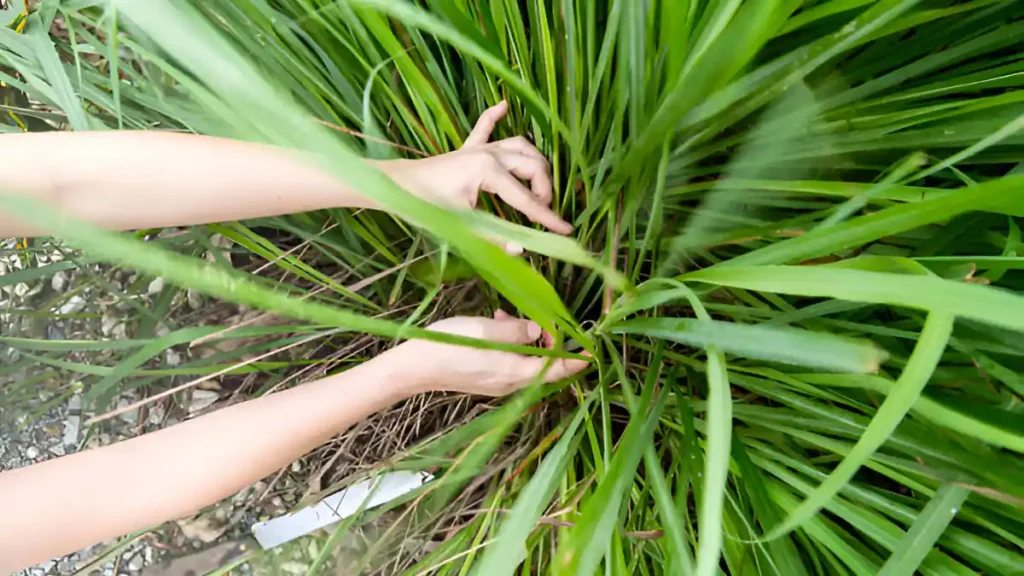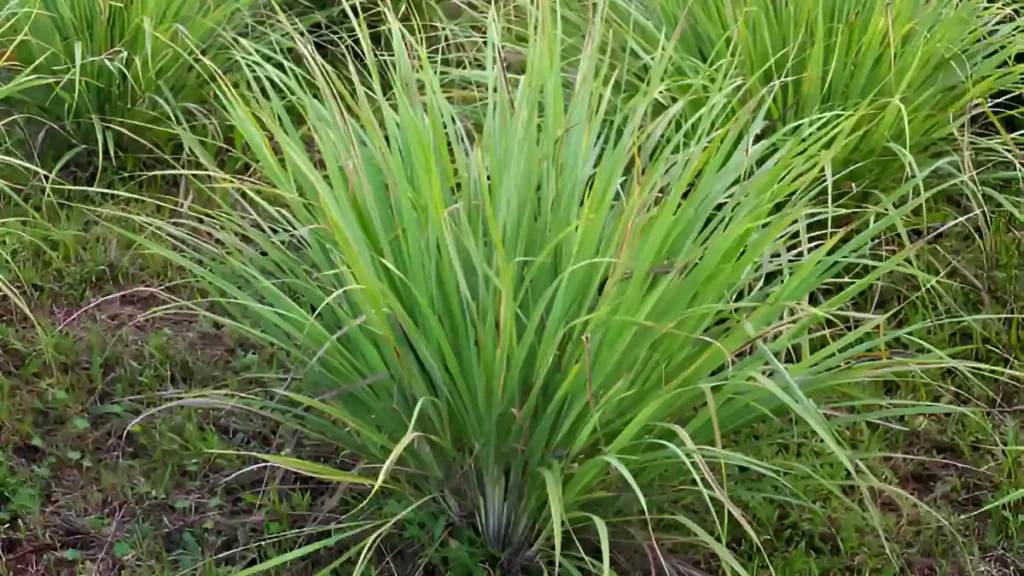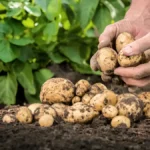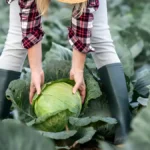The tropical plant known as lemongrass (Cymbopogon citratus) is prized for its flavor and citrus perfume. It is an ingredient in many foods, herbal medicines, and essential oils. For maximum flavor, scent, and health benefits, knowing when and how to harvest lemongrass is important. The ideal time to harvest lemongrass will be discussed in this article, along with a straightforward, three-step procedure that will guarantee you maximize your yield.
What is lemongrass, and why is timing crucial for harvesting?
When fully grown, lemongrass is a perennial herb that grows quickly, reaching heights of three to six feet. The most often gathered components are its green stalks, which are rich in essential oils; nevertheless, the leaves can also be used to make teas and herbal remedies. You can also grow lemongrass at home or indoors.
Harvesting lemongrass at the right time is crucial for obtaining the best-quality crop, as late harvesting may cause stalk toughness and weak flavors, while early harvesting may reduce oil content.
When is the ideal time to harvest lemongrass?
- Lemongrass’s oils and flavor take time to develop, so harvesting should be postponed until the plant is four to six months old. Younger plants may lack the strong flavors and oils of lemongrass. Harvest stalks are at least half an inch thick.
- If you grow lemongrass in a tropical or subtropical climate, you may be able to harvest more often because the plant may stay active all year round. Nevertheless, the plant will wither away in the winter in colder areas. Make sure to harvest lemongrass before the first fall frost occurs, as this will kill the plant if you reside in a frost-prone area. Alternatively, move the plant indoors for the winter in a pot. You can take the plant outside again in the spring when the weather warms up again and start harvesting again after the young stalks have reached the proper thickness. Pay attention to this seasonal shift and pick every stalk before the temperature drops too much.
- Lemongrass stems turn pale green to yellow when ready for pruning, while top leaves may turn light brown. Staples feel sturdy and robust. Plants reach three to five feet tall and upright, ready for cutting.

How to harvest lemongrass in 3 easy steps:
Now that you know when to harvest lemongrass, let’s walk you through the three easy processes of gathering your produce.
Step 1: Select the right tools
- As bruising and tearing can lower the quality of your lemongrass stalks, a clean, precise cut helps avoid these problems.
- Although lemongrass is generally non-toxic, the sharp edges of its leaves can cause minor skin irritation. Wearing gloves while working will shield your hands.
Step 2: Cutting the stalks
- Cut the stalks at an angle of one to two inches above the earth. This preserves the base of the plant for future growth while giving you the firmest and most tasty piece of lemongrass.
- Sections that are cut higher up the stalk will be weaker and less delicious.
- Slice off the tougher outer part of the stem from the plant, exposing the soft white sections that resemble tiny green onions. Take out the green leaves as well, and dispose of them in a compost or make tea with them.
- When gathering leaves for tea or medicinal purposes, make sure they are fresh and green by trimming them from the top of the stalk.
Step 3: Get the plant ready for more growth
- Keep the younger inner stalks growing and only cut off the older outer stalks.
- Ensure the plant receives sufficient water and nutrients post-harvesting to promote new stalk growth, and organic fertilizer can aid in regrowth, especially after a large harvest.
Conclusion:
In summary, utilizing appropriate practices and understanding when and how to harvest lemongrass can guarantee a plentiful yield as well as a variety of culinary and medicinal uses. These instructions will allow you to enjoy this fragrant plant all year long.
Certainly! If you’d like to learn more, please consider following our WhatsApp Channel: Harvest Gardening
A frequently asked questions:
Q1: How do you harvest lemongrass without killing it?
A1: Cut the stalks of lemongrass about one inch above the ground, leaving the base whole, in order to harvest it without killing it. As a result, the plant can continue to produce new stalks for harvests in the future.
Q2: How to use fresh lemongrass leaves?
A2: You may add fresh lemongrass leaves to soups and broths for a zesty flavor or use them to make tea by boiling them in water. Make sure the leaves are slightly bruised to release their oils.
Q3: How to harvest lemongrass seeds?
A3: After the flower heads turn brown and dry up, carefully shake or rub them to extract the seeds. This is how lemongrass seeds are harvested. Gather the seeds and keep them somewhere dry and cool so you may plant them later.



